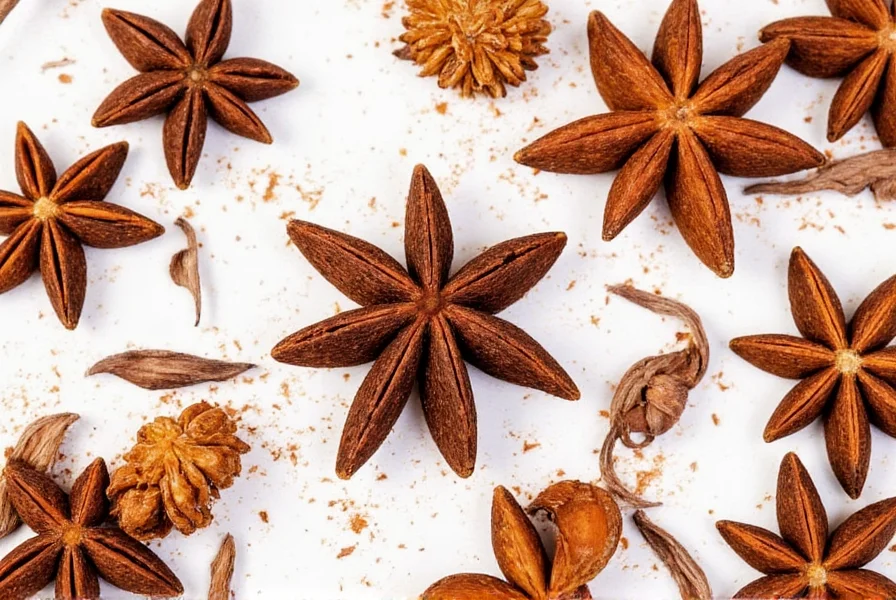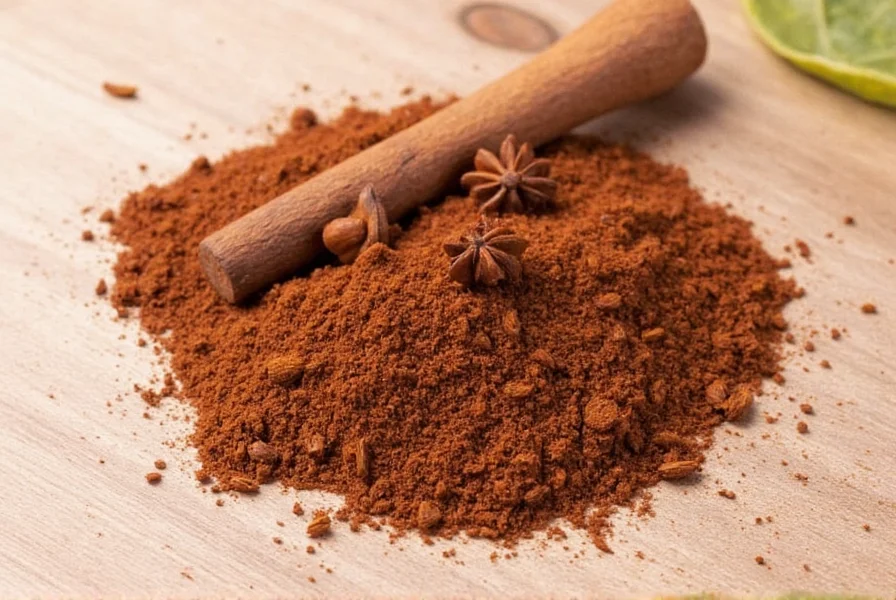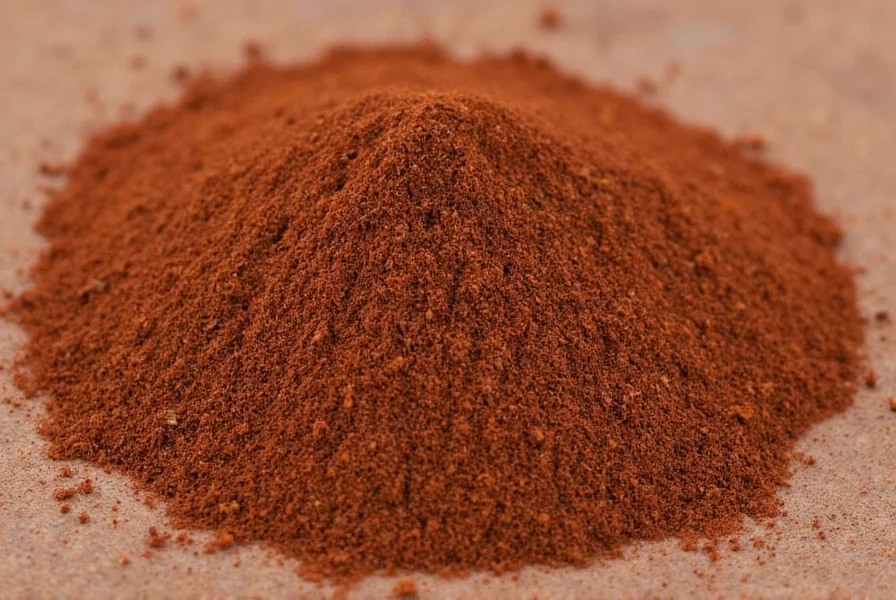Allspice remains one of the most misunderstood spices in the culinary world. Many home cooks mistakenly believe it's a pre-mixed combination of other spices, but this couldn't be further from the truth. Understanding what allspice actually is and how to use it properly can transform your cooking and baking results significantly.
What Exactly Is Allspice?
Allspice comes from the dried unripe berries of the Pimenta dioica tree, a member of the myrtle family native to the Greater Antilles, southern Mexico, and Central America. Jamaica produces the highest quality allspice, though significant quantities also come from Guatemala, Honduras, and India.
The name "allspice" was coined by English explorers in the 1600s who noted its flavor profile seemed to combine elements of cinnamon, nutmeg, and cloves. Despite this descriptive name, allspice contains none of these other spices—it's a single botanical product with a naturally complex flavor profile.

Flavor Profile and Culinary Characteristics
Allspice delivers a warm, sweet, and slightly peppery flavor with distinct notes that remind tasters of several different spices:
- Berry-like sweetness similar to ripe grapes
- Woody warmth reminiscent of cloves
- Subtle cinnamon notes in the finish
- Peppery undertones that distinguish it from other warm spices
The flavor intensity changes based on how you use it. Whole berries release more complex, floral notes when simmered in liquids, while ground allspice provides immediate warmth but loses potency faster. Heat transforms allspice's flavor—gentle warming enhances sweetness, while high heat can make it bitter.
Global Culinary Applications
Allspice features prominently in various world cuisines, each using it in distinctive ways:
| Regional Cuisine | Traditional Uses | Key Flavor Pairings |
|---|---|---|
| Jamaican | Jerk seasoning, pickling, stews | Scotch bonnet peppers, thyme, garlic |
| Middle Eastern | Meat rubs, rice dishes, stews | Cumin, coriander, cardamom |
| North American | Pumpkin pie, ham glazes, baked beans | Cinnamon, ginger, cloves |
| Central American | Mole sauces, chocolate beverages | Chocolate, chili peppers, sesame |
Practical Usage Guidelines for Home Cooks
Understanding how to properly incorporate allspice into your cooking makes a significant difference in final results. Consider these evidence-based recommendations when working with this versatile spice:
Whole vs. Ground Allspice
Whole allspice berries maintain their flavor compounds significantly longer than pre-ground versions. The essential oils responsible for allspice's distinctive aroma begin degrading immediately after grinding. For best results:
- Store whole berries in an airtight container away from light and heat
- Grind berries immediately before use using a spice grinder or mortar and pestle
- Use ground allspice within 6 months for optimal flavor (whole berries last 2-3 years)
When to Add Allspice During Cooking
The timing of allspice addition affects both flavor intensity and character:
- For soups, stews, and braises: Add whole berries early in cooking to allow gradual flavor release
- For baking: Mix ground allspice with dry ingredients to ensure even distribution
- For rubs and marinades: Combine ground allspice with other spices 1-2 hours before application
- For finishing touches: Sprinkle freshly ground allspice just before serving delicate dishes
Proper Storage Techniques for Maximum Freshness
Allspice loses potency when exposed to air, light, and moisture. Follow these storage guidelines to preserve flavor:
- Keep whole berries in dark glass containers with tight-fitting lids
- Store in a cool, dark cupboard (not above the stove or near dishwasher)
- Avoid refrigeration which introduces moisture that degrades quality
- Test freshness by crushing a berry and smelling for strong aromatic notes

Reliable Allspice Substitutes When You've Run Out
While nothing perfectly replicates allspice's unique flavor profile, these combinations work in a pinch for different applications:
- For baking: 1/2 teaspoon cinnamon + 1/4 teaspoon nutmeg + 1/4 teaspoon cloves
- For savory dishes: 1/2 teaspoon cinnamon + 1/4 teaspoon black pepper + 1/4 teaspoon cloves
- For jerk seasoning: Equal parts cinnamon, cloves, and a pinch of cardamom
Remember that substitutes work best when added later in cooking since they lack allspice's complex flavor development over time. The ratio of 1:1 works for most recipes, but adjust based on your specific application.
Evidence-Based Health Benefits
Research supports several health benefits associated with allspice consumption. The primary compound eugenol demonstrates anti-inflammatory properties in clinical studies. Additional benefits include:
- Digestive support through stimulation of digestive enzymes
- Antioxidant properties that combat cellular damage
- Potential blood sugar regulation effects noted in animal studies
- Antimicrobial properties that may support oral health
These benefits appear most pronounced when using whole, freshly ground allspice rather than pre-ground versions that have lost volatile compounds.
Common Misconceptions Clarified
Several persistent myths about allspice confuse home cooks. Let's clarify these based on botanical and culinary evidence:
- Myth: Allspice is a blend of other spices Fact: It's a single spice from Pimenta dioica berries
- Myth: Allspice and mixed spice are the same Fact: Mixed spice is a British blend that includes allspice plus other spices
- Myth: Allspice works equally well in all recipes calling for warm spices Fact: Its unique flavor profile doesn't substitute perfectly in every application
- Myth: Ground allspice maintains quality as long as whole berries Fact: Ground allspice loses 50% of volatile compounds within 6 months
Practical Integration Into Your Cooking
Start incorporating allspice more effectively with these specific applications:
- Add one whole berry to poaching liquid for pears or apples
- Include 1/4 teaspoon ground allspice in your next batch of chocolate chip cookies
- Simmer two whole berries in your next pot of baked beans
- Combine with brown sugar and mustard for a ham glaze
- Blend with coffee grounds before brewing for a spiced coffee experience
Remember that allspice works best when balanced with other flavors rather than dominating a dish. Its versatility across sweet and savory applications makes it one of the most valuable single spices for home cooks to master.
Frequently Asked Questions
Is allspice the same as mixed spice?
No, allspice and mixed spice are different. Allspice is a single spice made from Pimenta dioica berries, while mixed spice is a British blend typically containing cinnamon, coriander, caraway, nutmeg, and allspice. The names cause frequent confusion, especially in international recipes.
Can I substitute allspice for pumpkin pie spice?
You can substitute allspice for pumpkin pie spice in a 1:1 ratio, but the flavor profile will differ. Pumpkin pie spice typically contains cinnamon, ginger, nutmeg, and cloves. Allspice provides a similar warm profile but lacks the ginger's sharpness. For closer results, use 3/4 teaspoon allspice plus 1/4 teaspoon ginger per teaspoon of pumpkin pie spice required.
Why does my allspice taste bitter?
Bitter allspice usually results from one of three issues: the spice is old and degraded, you've used too much, or it was exposed to high heat. Allspice contains volatile compounds that turn bitter when overheated. For best results, add ground allspice during the last 15 minutes of cooking, or use whole berries that you remove before serving.
Does allspice contain actual pepper?
Despite the botanical name Pimenta dioica (which references its peppery notes), allspice does not contain black pepper. The "pimenta" refers to the slight peppery quality in its flavor profile, but it's unrelated to Piper nigrum, the plant that produces black pepper. This naming confusion dates back to early European explorers who noted its superficial similarity to pepper.
How can I tell if my allspice is still fresh?
Fresh allspice should have a strong, sweet aroma with distinct notes of clove and cinnamon. To test freshness, crush a whole berry between your fingers—the released oils should create an immediate, potent fragrance. If you need to inhale deeply to detect any aroma, or if the scent seems flat or musty, the allspice has likely lost significant flavor and should be replaced.











 浙公网安备
33010002000092号
浙公网安备
33010002000092号 浙B2-20120091-4
浙B2-20120091-4